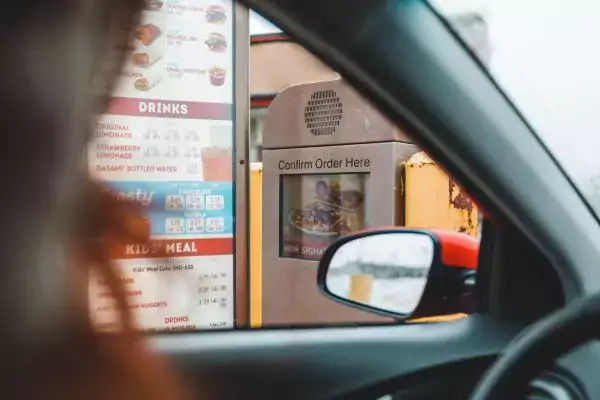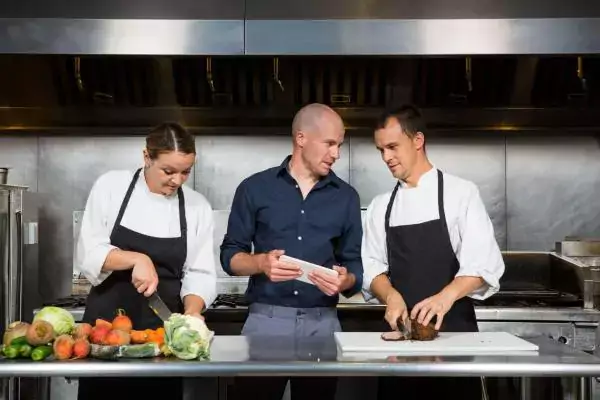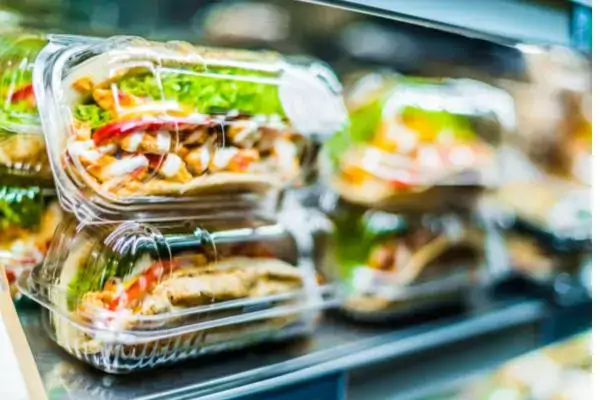If you’re like me, a Friday night is best spent with Guy Fieri and re-runs of “Diners, Drive-ins and Dives” on The Food Network. You can tell Guy is a genuinely nice dude. Even when he doesn’t like something, he’ll say, “Wow, that has a lot of lemon in it,” or “This lobster martini isn’t really my thing.” (And yes, that was an actual drink featured on the show.)
So, almost three years ago, my heart broke for Guy when The New York Times panned the opening of his Times Square restaurant. Other than destroying the taste of the food, critic Pete Wells questioned the execution of the menu by literally asking a series of questions for the entire review. “When you have a second, Mr. Fieri, would you see what happened to the black bean and roasted squash soup we ordered? … Oh, and we never got our Vegas fries; would you mind telling the kitchen that we don’t need them?” Clearly, something was going awry behind the scenes.
With five Johnny Garlic’s restaurants in California, Guy Fieri is not new to this rodeo. So, what happened? Guy later tried to distance himself from the debacle by saying it’s a licensing deal and he was removed from the day-to-day operations. His attitude was kind of an, “Oops and oh well. We learned a hard lesson.”
Guy can survive this because of his celebrity chef status; smaller restaurants can’t.
Slow and Steady Gets Repeat Customers
As Webstaurant Store puts it, a restaurant’s soft opening is its “dress rehearsal.” It seemed Guy went into a production of “Grease” as Danny Zuko who missed tech week. While he claimed to have a hand in all aspects of the operation, Business Insider reported that he took a redeye flight to be there for the grand opening. So, what was happening in that crucial time leading up to the big debut? That’s the time to iron out the last-minute operational hangups. From what we’ve researched, the key to a soft opening is a slow rollout: gradual introduction of menu items, limited guest list, and introducing yourself to the neighborhood. Guy went into New York with guns blazing. Wells reported that the menu was overwhelming. The three-tiered restaurant has about 500 seats, and for Pete’s sake -- Times Square is New York’s tourist trap! If you want to connect with locals, your best bet is a smaller “hip” neighborhood, like the Upper West Side or Brooklyn. Perhaps it was the fact that he has opened new restaurants multiple times. Perhaps he trusted a team of people who were in over their heads on the East Coast.Success can breed a false sense of security. It can also lead to a breakdown of communication.Whether you’re a chain restaurant or a single operator, prioritize the communication side of your restaurant operations. For instance, it wouldn’t have mattered if Guy himself was cooking the dishes at the back of the house if an incompetent waitstaff was forgetting to deliver the fries. Above all, use that critical time during your soft opening to iron out last minute details. Remember: Pans belong in the kitchen—not in the newspaper!
Subscribe to our blog
You are now subscribed!


